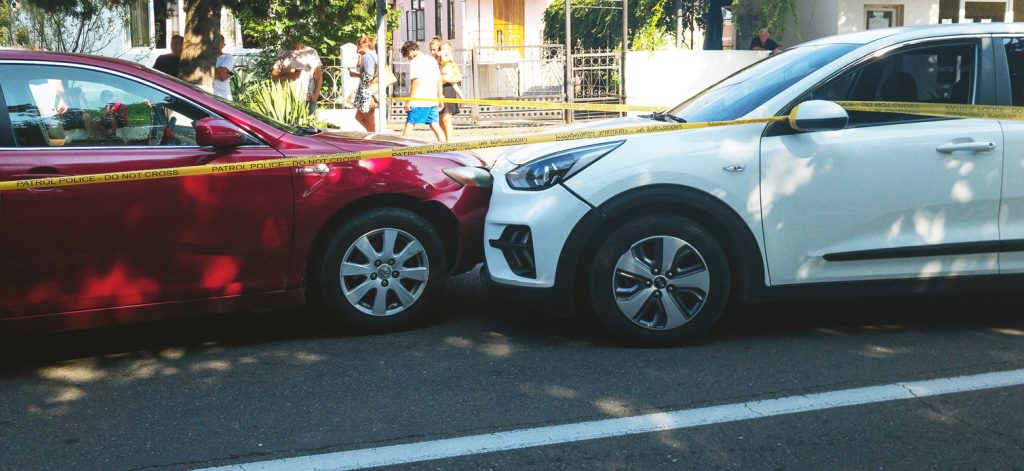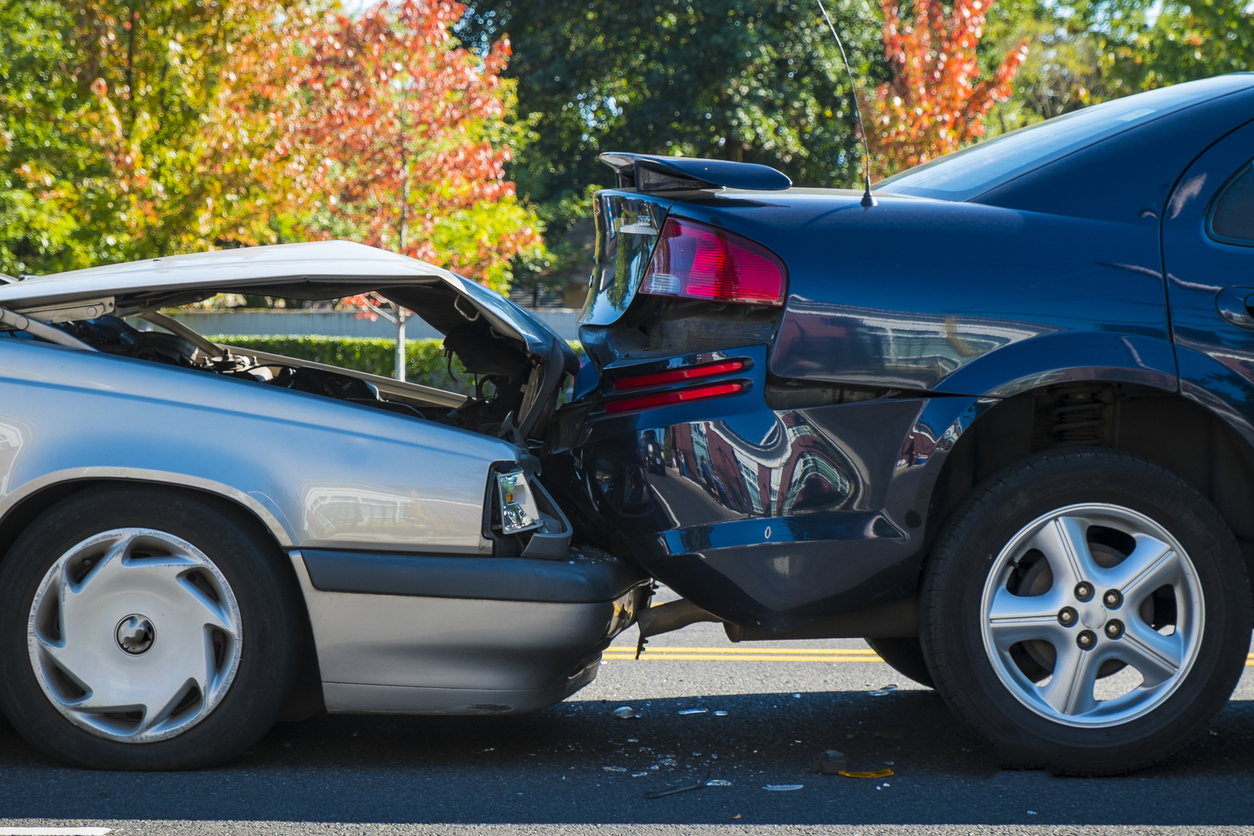When drivers in North Carolina are involved in an accident, one of the first distinctions that must be made is whether the incident qualifies as a Reportable vs Non-Reportable Crash in North Carolina. This categorization may seem procedural, but it can dramatically alter how the event is handled, from law enforcement response to insurance coverage and potential liability. Misclassification—either intentional or accidental—carries serious legal and financial consequences, which makes it essential to understand how the state defines these categories and why they matter.
Defining Reportable vs Non-Reportable Crash in North Carolina
The legal framework governing crashes in North Carolina is rooted in statutory language that differentiates between incidents that must be formally reported and those that do not meet the reporting threshold. A reportable crash typically involves personal injury, death, or property damage exceeding a specific monetary threshold, which under current state law is $1,000. By contrast, a non-reportable crash generally involves minor vehicle damage below that threshold and no physical harm.
This distinction is not arbitrary. North Carolina traffic law places an affirmative duty on law enforcement to document certain crashes, creating a paper trail that informs insurance claims, civil liability, and traffic safety data. Failing to properly identify a Reportable vs Non-Reportable Crash in North Carolina can jeopardize a driver’s legal standing in future proceedings.

The Role of Crash Reports in Legal and Insurance Processes
A reportable crash requires law enforcement to complete a written crash report, which becomes part of the official state record. This document often serves as a foundational piece of evidence in subsequent civil litigation, insurance determinations, and in some cases, criminal proceedings. When a crash is categorized as non-reportable, no such official record is filed, leaving the parties involved with limited documentation beyond private insurance records or personal statements.
The absence of an official report can create complications. For example, when drivers later claim injuries that were not immediately apparent, the lack of a report may undermine their credibility in insurance negotiations or courtroom testimony. Conversely, over-reporting an incident that legally qualifies as minor may unnecessarily trigger higher insurance premiums and prolonged disputes. These consequences underscore why misclassification of a Reportable vs Non-Reportable Crash in North Carolina can have lasting effects.
Consequences of Misclassifying a Crash
The decision to treat an accident as reportable or non-reportable is not left to the subjective judgment of drivers. Law enforcement officers apply statutory thresholds when making this determination. However, drivers often provide the initial information that guides the process, which means errors—deliberate or otherwise—can distort how a crash is classified.
Misclassification can have several consequences. When a reportable crash is misrepresented as non-reportable, victims may lose access to legal remedies because the official record does not exist. Insurance carriers may dispute claims or deny coverage outright. Conversely, inflating a minor event into a reportable crash could expose drivers to unnecessary scrutiny, increased premiums, and potential liability disputes. In both directions, the stakes of misclassification are high.
According to the North Carolina Department of Transportation, crash data is used to inform highway safety programs and legislative decision-making. If incidents are misclassified, the state’s official safety records become skewed, potentially undermining public policy. This reveals that the consequences of misunderstanding a Reportable vs Non-Reportable Crash in North Carolina extend far beyond individual drivers.
Statutory Guidance on Reportable Crashes
North Carolina General Statutes, particularly § 20-166.1, provide the legal definition of what constitutes a reportable crash. Under this statute, a collision must be reported if it involves injury, death, or property damage of $1,000 or more. Law enforcement officers are required to investigate and document these crashes, filing an official report with the Division of Motor Vehicles.
For drivers, this statute clarifies that any attempt to conceal damage or avoid reporting requirements could be interpreted as a violation of state law. Understanding the threshold outlined by § 20-166.1 helps prevent unintentional misclassification. A detailed overview of the statutory distinction between reportable vs non-reportable crash in North Carolina is available through resources like North Carolina DMV guidelines, while additional legal requirements can be reviewed directly in the North Carolina General Assembly statutes.
.
Insurance Implications of Crash Classification
Insurance companies rely heavily on crash reports to assess claims, allocate fault, and calculate premium adjustments. When an incident is officially classified as a reportable crash, insurers have access to detailed investigative findings, including diagrams, witness statements, and officer assessments. These materials can strengthen or weaken a policyholder’s position in coverage disputes.
By contrast, a non-reportable crash typically leaves insurers with limited documentation, which can result in contested claims. Some carriers may even require supplemental evidence such as photographs, repair invoices, or sworn affidavits to process a claim. This disparity explains why the classification of a Reportable vs Non-Reportable Crash in North Carolina can heavily influence insurance outcomes.

The Broader Consequences for Drivers
Beyond insurance and legal implications, misclassification can shape how drivers are perceived in civil or even criminal contexts. In cases involving alleged negligence, an official crash report often carries significant weight as an impartial record. Without such a record, drivers may face an uphill battle in proving their version of events.
Furthermore, misclassification can indirectly affect future driving privileges. Repeated reportable crashes may accumulate on a driving record, triggering higher premiums or license suspensions. Conversely, omitting reportable crashes from official records may constitute a violation of reporting requirements, which itself can carry penalties. Thus, accurately identifying a Reportable vs Non-Reportable Crash in North Carolina serves as both a protective measure and a legal obligation.
Public Safety and Data Integrity
The distinction between reportable and non-reportable crashes is not merely administrative; it serves an essential public safety function. State agencies rely on accurate crash reporting to allocate resources, design safer roadways, and track emerging traffic risks. Misclassification disrupts this system, leading to incomplete or distorted data.
For example, underreported crashes may conceal patterns of dangerous intersections or defective roadway conditions, delaying corrective action. Overreporting, on the other hand, may misallocate enforcement resources to areas that do not present a disproportionate safety threat. Thus, understanding and complying with the framework of Reportable vs Non-Reportable Crash in North Carolina supports not only individual drivers but the broader public interest.
Judicial and Administrative Recognition of Crash Classifications
Courts in North Carolina often rely on official crash reports when adjudicating disputes involving personal injury, negligence, and property damage. These reports are considered reliable because they are prepared by trained officers according to statutory guidelines. Misclassified incidents, however, introduce ambiguity that can complicate litigation.
From an administrative perspective, the North Carolina Division of Motor Vehicles uses crash data to evaluate driver histories, impose penalties, and administer license suspensions. When drivers misunderstand or misstate the classification of an accident, their administrative record may not accurately reflect their driving behavior. The ripple effects of a misclassified Reportable vs Non-Reportable Crash in North Carolina therefore extend across multiple domains of law and policy.

Why Accuracy in Classification Matters
Ultimately, the importance of correctly distinguishing between a Reportable vs Non-Reportable Crash in North Carolina lies in the consequences of inaccuracy. Misclassification can weaken insurance claims, distort public records, and deprive injured parties of legal remedies. It can also undermine public safety initiatives and legislative decision-making.
North Carolina law provides a clear framework to minimize these risks, but compliance requires diligence from both law enforcement and drivers. The consequences of misclassification are far-reaching, making it crucial to approach every incident with an understanding of the state’s statutory thresholds and reporting requirements.
Conclusion
The distinction between Reportable vs Non-Reportable Crash in North Carolina is more than a bureaucratic formality; it is a critical classification that carries legal, financial, and safety implications. Misclassification can result in denied insurance claims, distorted traffic safety data, and even statutory violations. By recognizing the thresholds outlined in state law and appreciating the consequences of inaccurate reporting, drivers and agencies alike contribute to a fairer, safer, and more accountable system of traffic governance.
